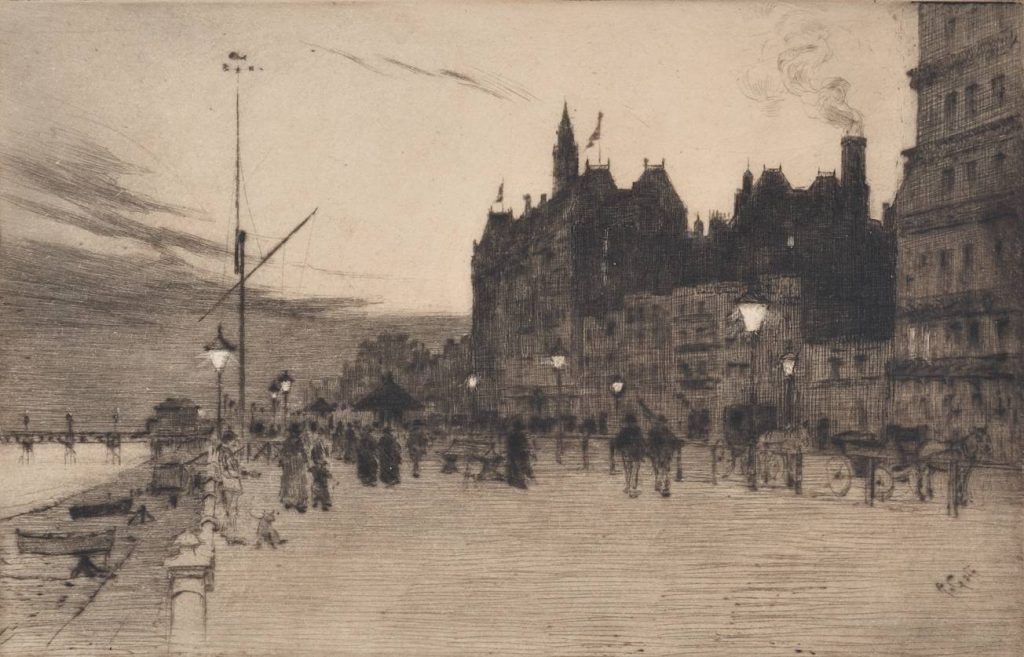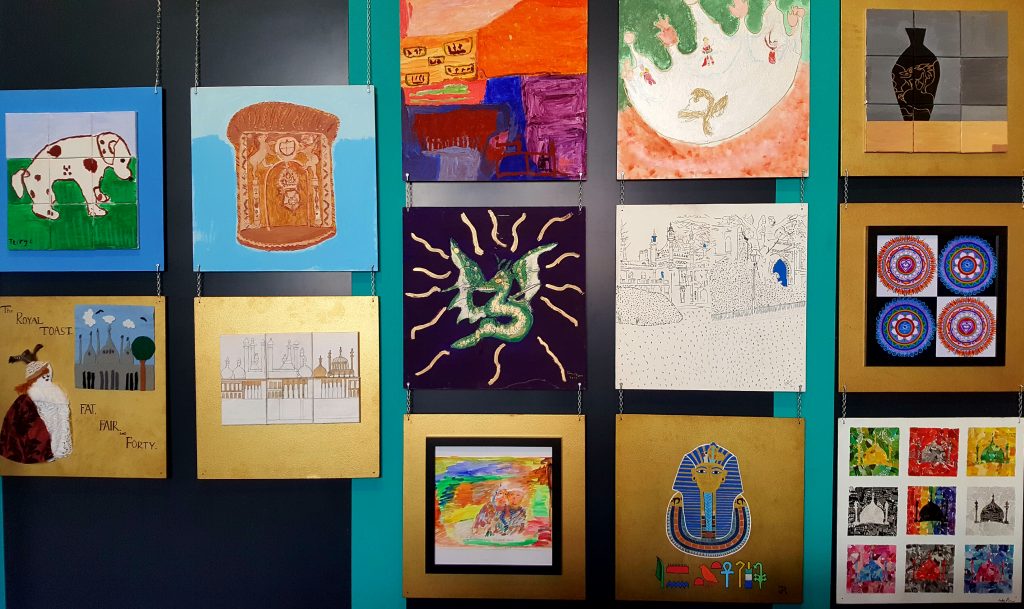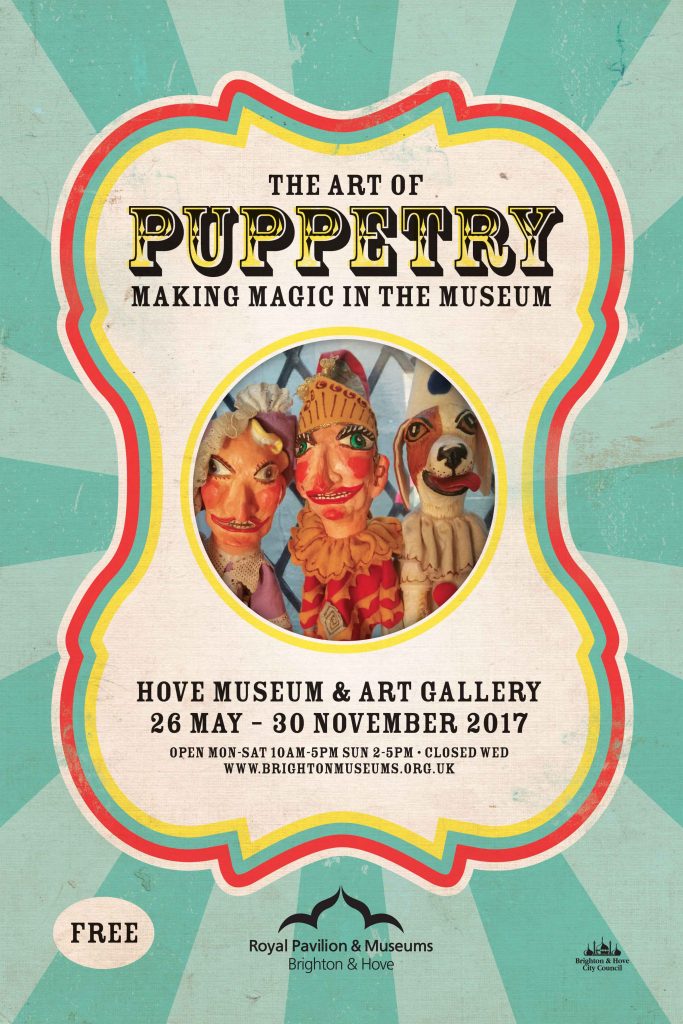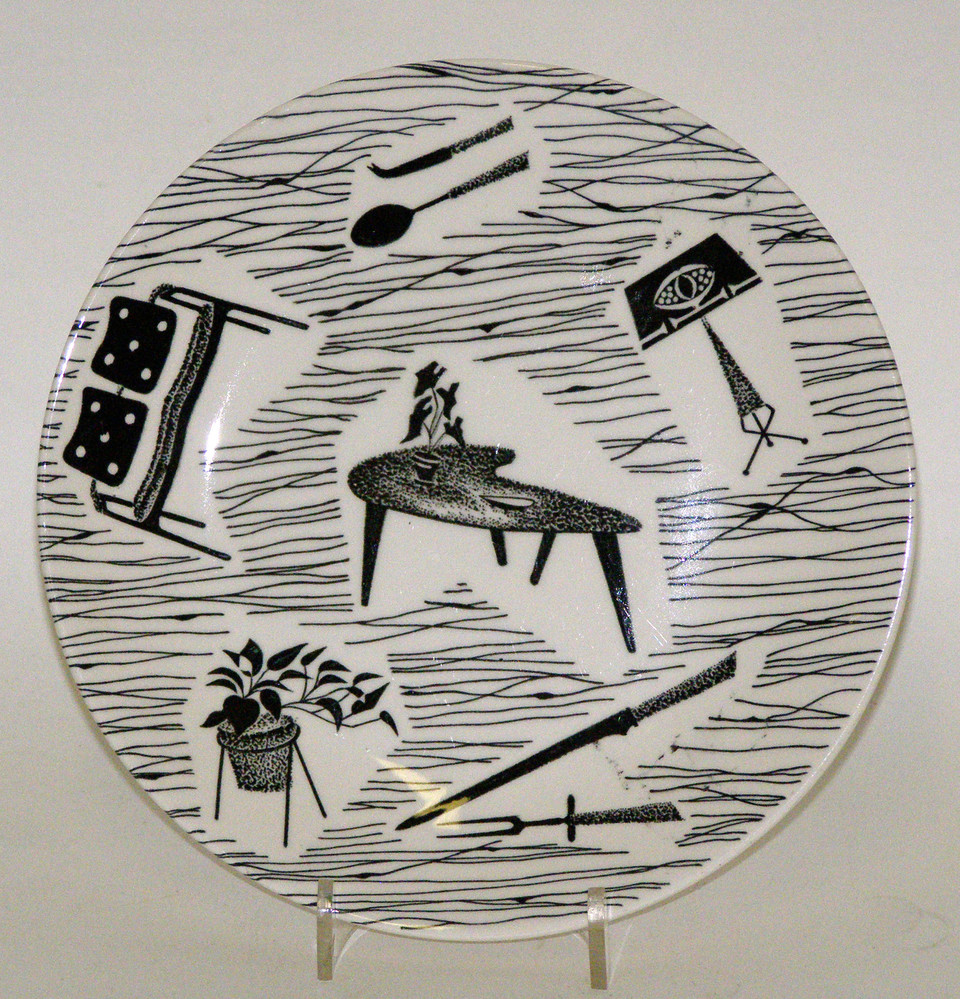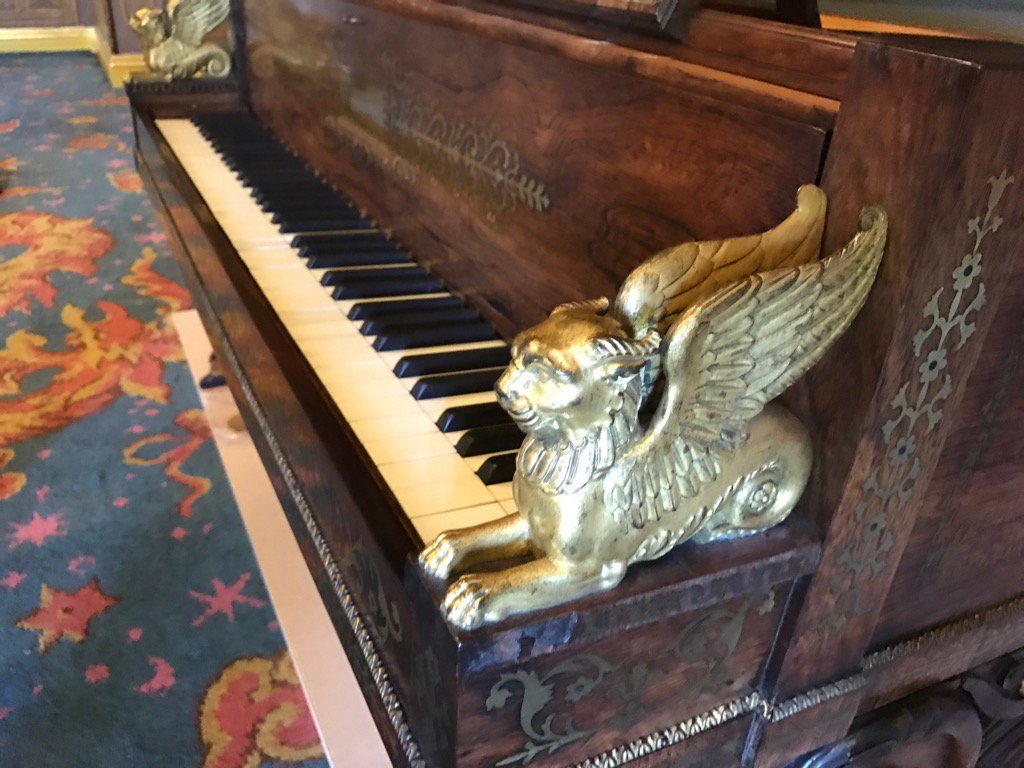
This is a legacy story from an earlier version of our website. It may contain some formatting issues and broken links.
Family history research is a popular hobby and with easy access to digital records increasing numbers of us are delving into the lives of our ancestors. So it is always exciting when people come to Preston Manor having discovered family members who lived or worked in the house.
Henry Hooker
In July 2014 descendants of Henry Hooker, Preston Manor’s Victorian gardener, visited and were kind enough to provide biographical information and this photograph showing Henry in thoughtful pose with an open book and potted fern.
Mr Hooker was born near Petworth, West Sussex, in 1830 at the start of the reign of William IV. He died in Brighton aged 83 in 1913, the year before the First World War broke out.
At the time of the 1881 census the Hooker family were living at The Lodge, a substantial flint-faced double-gabled gatehouse at Preston Manor, now sadly demolished.
Family research can reveal interesting secrets. Henry married in 1865 aged 35 but the relationship did not last. Henry set up home with his new partner, Harriet Hills, and for the sake of respectability they simply pretended they were married. In the Victorian period divorce was a complex and expensive procedure not undertaken by many: as late as 1900, for every 20,000 married couples in England and Wales, fewer than three sought divorce in any year.
Henry and Harriet had three sons: Frank, George and Harry aged 11, 10 and 4 at the time of the 1881 census. Harry was born at The Lodge in 1876 and went on to work as a butcher with shops in Elm Grove and Lewes Road, Brighton.
The Hooker boys would have been familiar with the kitchen gardens at Preston Manor, which housed a conservatory, a vinery and a peach house as well as cold frames and potting sheds. If the boys were lucky their father may have allowed them a taste of the luxurious hothouse fruits that graced the tables of his employer. For reasons unknown the Hooker family had moved on by the 1891 census. We know Henry’s health can’t have been a factor, for in 1911 he was listed in the commercial pages of Kelly’s Directory as a ‘jobbing gardener’ at 81 years of age.
One of the many skills required by the Preston Manor head gardener would be looking after the greenhouses, including not only the propagation of plants but also keeping the structures heated. Grand glasshouses of the 18th century had complicated systems using hot air and steam, but early 19th century innovations saw domestic glasshouses heated by hot water pipes by means of a coke fired boiler, as at Preston Manor. Evidence of the system can still be seen today.
Various greenhouses existed at Preston Manor over the years. A report by Mr Bertie Maclaren of Brighton’s Corporation’s Parks and Gardens Department dated 7 January 1938 states:
‘…the newest greenhouse requires immediate attention in the shape of repairing and painting. The old greenhouses are beyond repair.’
At this time the greenhouses were used to propagate alpine plants for the newly created Rock Gardens opposite Preston Park. Shortly after Maclaren’s report, tomatoes and lettuce were grown as part of the ‘Dig for Victory’ directive during the Second World War.
On 13 June 1941 curator, Henry Roberts received a letter from the Acting Superintendent of the Parks and Gardens Department informing him:
‘we are taking the glass out as it has become dangerous for anyone to work under and also, in view of the fact that it would probably all be lost should there be a bomb in the vicinity.’
The glass must have returned post-war for during the 1950s and 60s the greenhouses were used to cultivate bedding plants for the town. In this period ‘carpet bedding’ of brightly-coloured summer annuals was a familiar sight in all public gardens and parks in Brighton, Hove and other seaside towns. This block-colour formal planting is less fashionable now but a lasting example can be seen at the Floral Clock at Palmeira Square.
The glasshouses at Preston Manor survived until 1994. Much effort was made to save them but sadly the structures had become too dilapidated to restore. Those shown in these pictures from 1993 would have been used by Preston Manor gardener Mr George Cherriman whose descendants visited Preston Manor in July 2015.
George Cherriman
Mr Cherriman was born in 1878 in West Grinstead in the reign of Queen Victoria and died in 1955, the year the first television commercial was aired.
The Cherriman family kindly provided this photograph taken in Cowfold in 1952, and a more perfect example of an old fashioned gardener cannot be imagined. We even know the dog’s name: Apple Blossom. She belonged to George’s younger brother, William, who served in the Veterinary Corps during the First World War. George didn’t go to war. Aged 38 in 1916, he was near the upper age limit for conscription of 41. Gardening was not considered a reserved occupation, but George was exempt being a married man.
At Preston Manor George was employed from the 1920s as a 2nd gardener under head gardener, Mr Franks. He stayed in post after the house became a museum in 1933. Thereafter for ten years until retirement George worked as a gardener for the Brighton Corporation.
We have a colourful description of Mr Cherriman courtesy of the son of Mr Leslie Little, another 2nd gardener at Preston Manor, who had started work there in 1929 at the end of 18. Mr Little’s son, John, was interviewed in 1995.
‘Mr Cherriman…I remember when we were kids we used to go to tea on Sunday afternoon. He lived in North Road which is in Preston Village. He was a gardener a lot older than my father and I think my father actually took a lot of his experience. He was only about five foot eight. He had a lovely moustache that was kind of rolled at the ends. He was quite a character, you know. He said things like what they got up to when they had problems with the boilers and had to keep the heat going in the house and the greenhouses where they used to have to fire up with coke for the hot water pipes. He had a black bowler fitted…that was a part of his uniform in those days and an apron in the greenhouses. I can picture him now. He used to wear the old doings on his trousers, like a spat sort of thing, fitted on top of his boots up to his knees.’
The Cherriman family came in search of their ancestor’s place of employment and also his grave, which is in St Peter’s churchyard adjacent to Preston Manor. To find the grave we contacted the Churches Conservation Trust at St. Peter’s who located Mr Cherriman in Plot 181. There is no standing headstone but after overgrown plants were cleared we found the inscription on a low stone: ‘George Cherriman died 24th November 1955 aged 77 Rock of Ages’.
Emma Cherriman
Pleasingly, the search uncovered another find at the plot, the inscription for George’s wife, Emma: ‘In loving memory of Emma Cherriman, 10th September 1950 aged 77 years. Abide with Me.’
George and Emma were married at Burstow in Surrey on 28 August 1907. They were married for 43 years and had no children.
We know that Mrs Cherriman also worked at Preston Manor from a 1984 interview with Ethel Silverson, 3rd housemaid from 1920 to 1922. Ethel recalled how Mrs Cherriman came once a week and scrubbed the floor of the servants’ hall:
‘…it was really white when she’d finished it. It was beautiful’.
The servants’ hall at this time was in the west wing of Preston Manor and is not open to the public at present. The room has wooden parquet flooring, unusually grand for servants’ quarters. It is this wood that Emma Cherriman scrubbed clean; not the flagstone floor seen in the Victorian servants’ hall open to visitors today.
Tours and Hops
Preston Manor’s old kitchen gardens are opened occasionally for special events and pre-arranged tours, and the partly cultivated plot is looked after by a small dedicated team of garden volunteers working under the directive of today’s head gardener who works for the Council’s City Parks team.
In 2016 Preston Manor was approached by Matt Redman of the Brighton Hops Project. The project sought city locations for not-for-profit hop growing, the crops to be exchanged with local breweries. Mat crowdfunded his work and planting took place in early 2017, with Preston Manor acting as a flagship for the project.
Fragrant dried hop flowers have been used in Britain since the 1500s to impart a bitter flavour to beer. The plant is also used in herbal medicines as a treatment for anxiety and insomnia. Hop plants grow exceptionally tall so the high south-facing walls of the old kitchen garden make an ideal habitat and the plants are thriving well.
Mr Hooker and Mr Cherriman would be astonished to see the Preston Manor kitchen gardens devoid of greenhouses and intensive cultivation. However, plans are underway to develop this hidden corner of the grounds and make good use of the land to benefit future visitors.
Help us learn more
If you discover ancestors with a link to Preston Manor,or know people who worked at Preston Manor in more recent times, we are always pleased to hear reminiscences and see photographs. Putting together the story of the lives of people for whom Preston Manor was a workplace or a home is an ongoing jigsaw puzzle of fragments continually collected together to make a full picture.
Paula Wrightson, Venue Officer, Preston Manor









